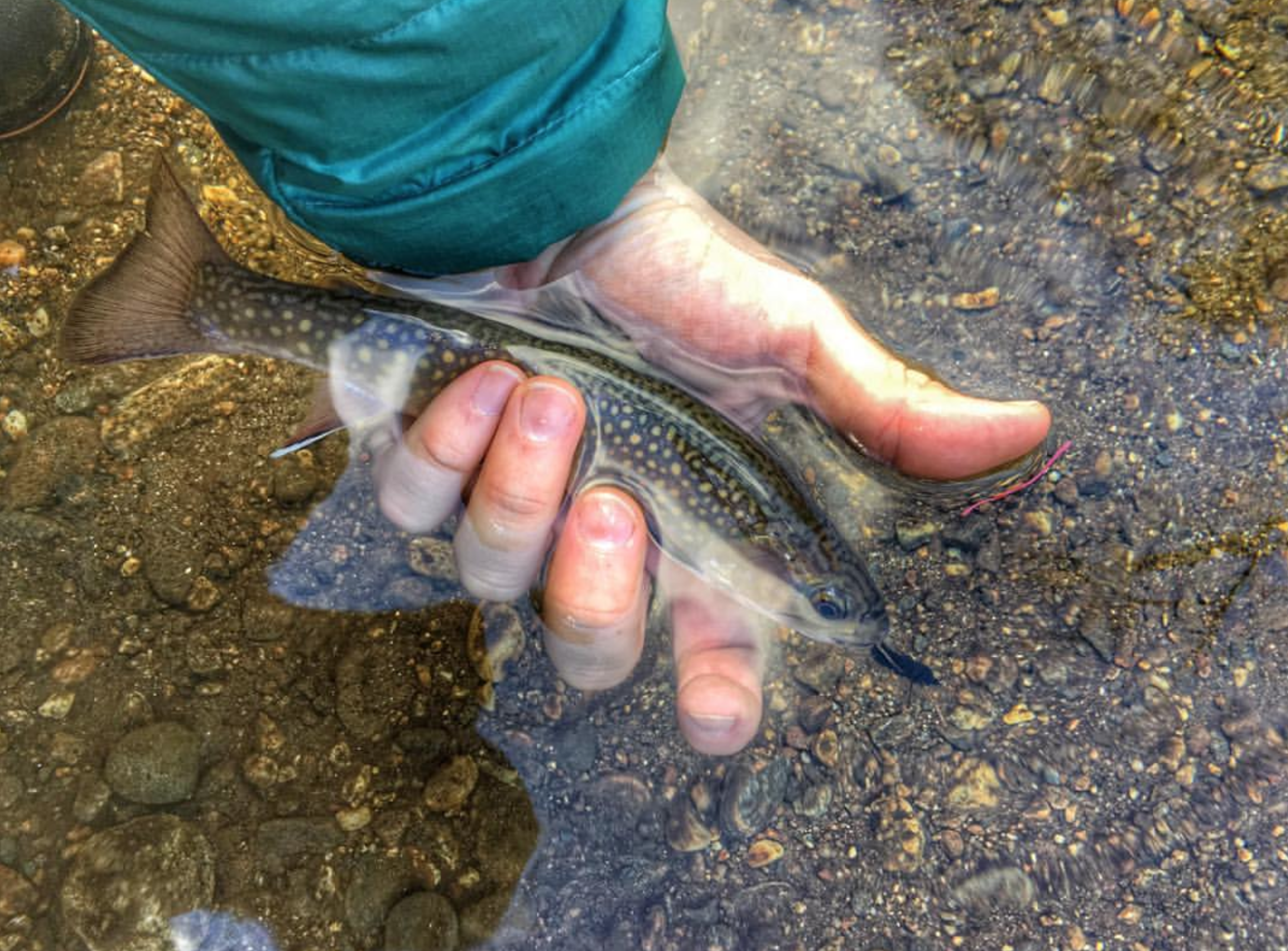Early on his tenure, Trump-appointed EPA head Scott Pruitt began advancing an anti-environmental agenda that would, among other things, withhold critical safeguards from the nation’s headwater streams and wetlands.
Since then, he has targeted clean water by trying to dismantle an Obama-era statute known as the Clean Water Rule or the Waters of the United States Rule. This rule, which Pruitt’s EPA is seeking to rescind, ensures the protection of 60 percent of U.S. stream miles and 20 million acres of its wetlands.
Not only would a move to rescind it have detrimental effects on the vitality of America’s commercial and recreational fisheries, but it could put the drinking water of as many as 1 in 3 Americans directly at risk.
“Almost certainly, some water bodies will face increased pollution under a narrower federal Clean Water Rule,” Daniel Esty, professor of environmental law and policy at Yale Law School, told the Scientific American back in February when Donald Trump placed the law under review. “It would leave some critical water resources less protected.”
Critics like Esty have argued that the Trump Administration’s reasoning for attempting to withdraw the Clean Water Rule is based on a fundamentally flawed economic analysis that hinges on outdated recession-era statistics and an assumption that protected headwaters and wetlands provide no economic benefit to the American economy. The latter conclusion is particularly hard to stomach when you consider that the outdoor recreation economy contributes some $887 billion in annual consumer spending.
If you value the clean water in your favorite rivers, streams, lakes and wetlands, there is still time to make your voice heard. The EPA is required to accept public comment until August 28, 2017. You can comment using this handy form from the folks at Theodore Roosevelt Conservation Partnership. Don’t forget to leave a personalized message about the ways in which pollution would damage the fishing holes you love.








